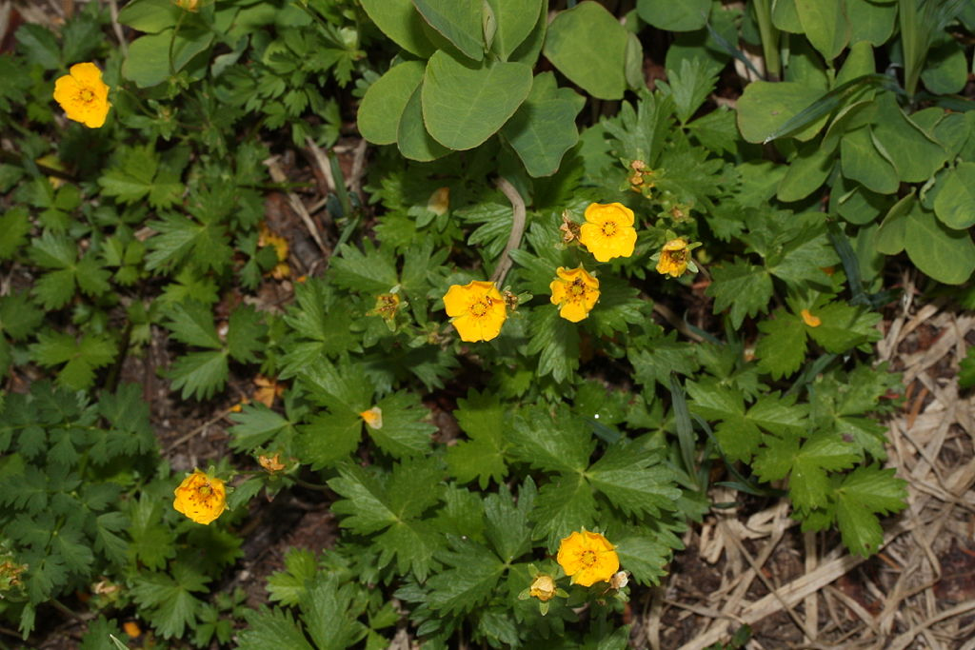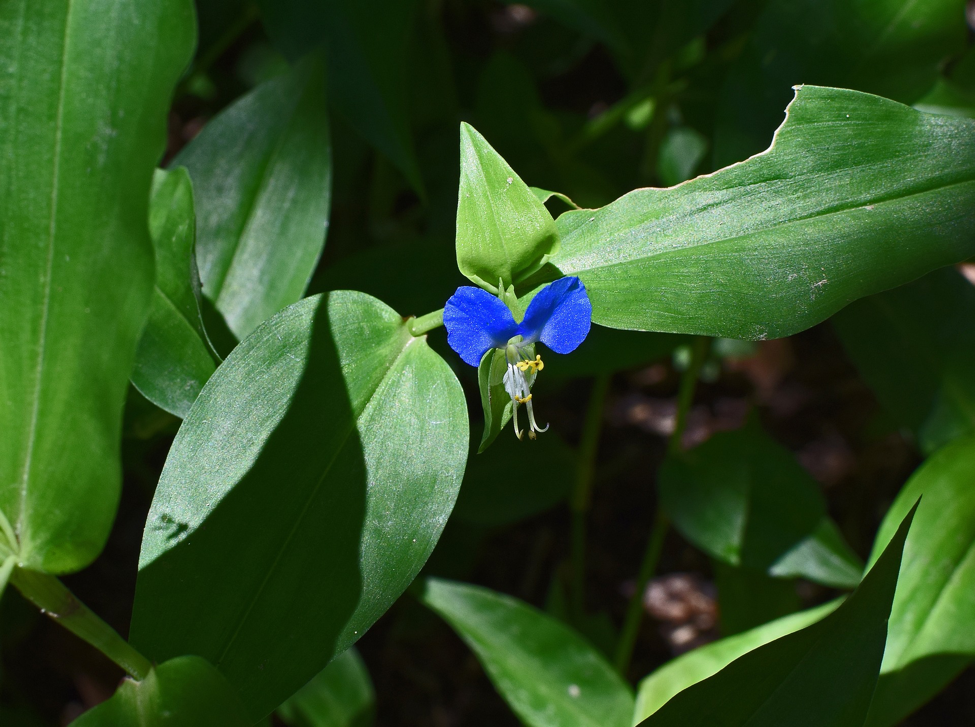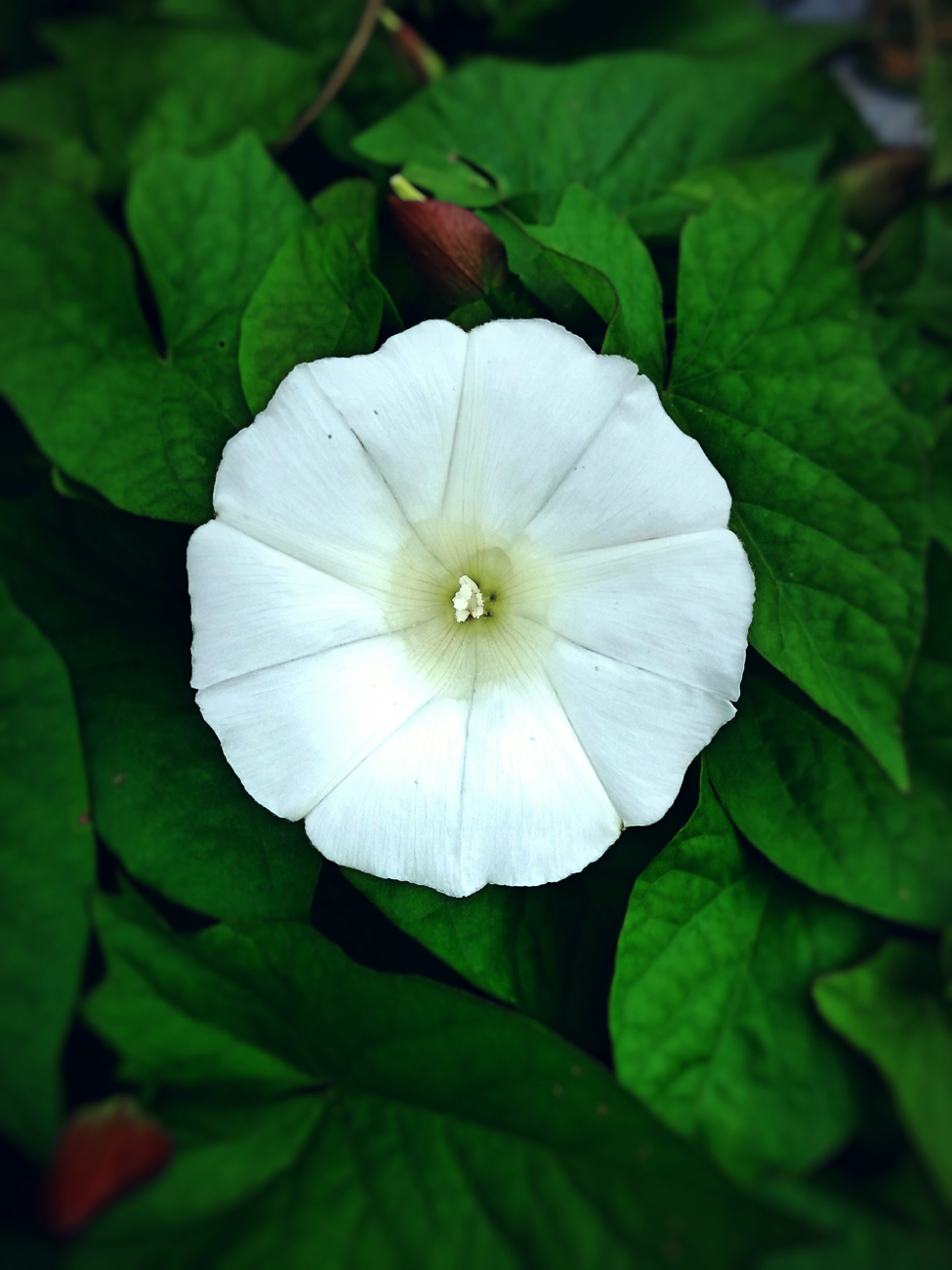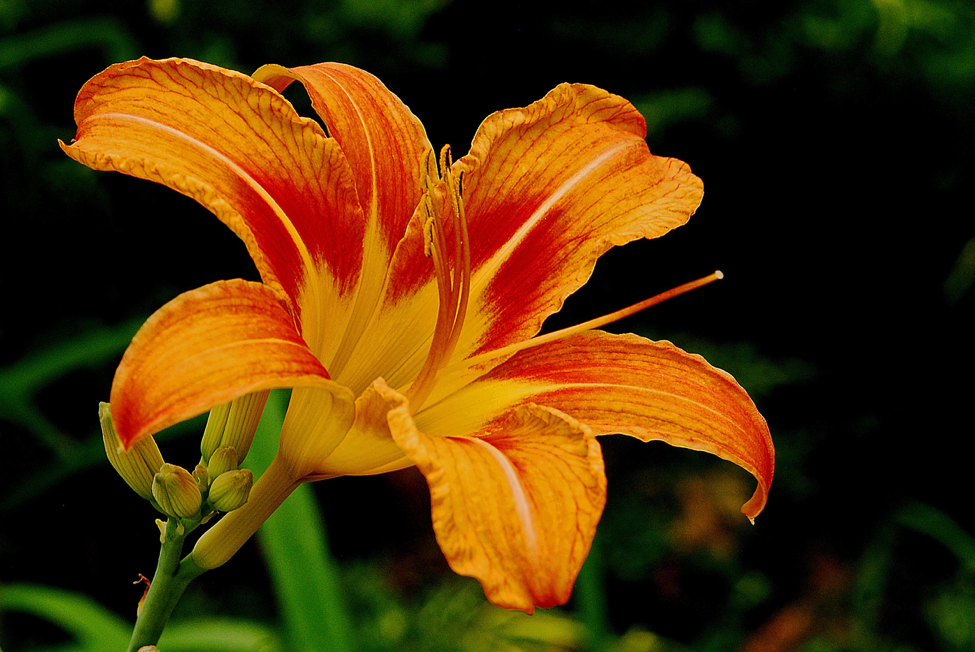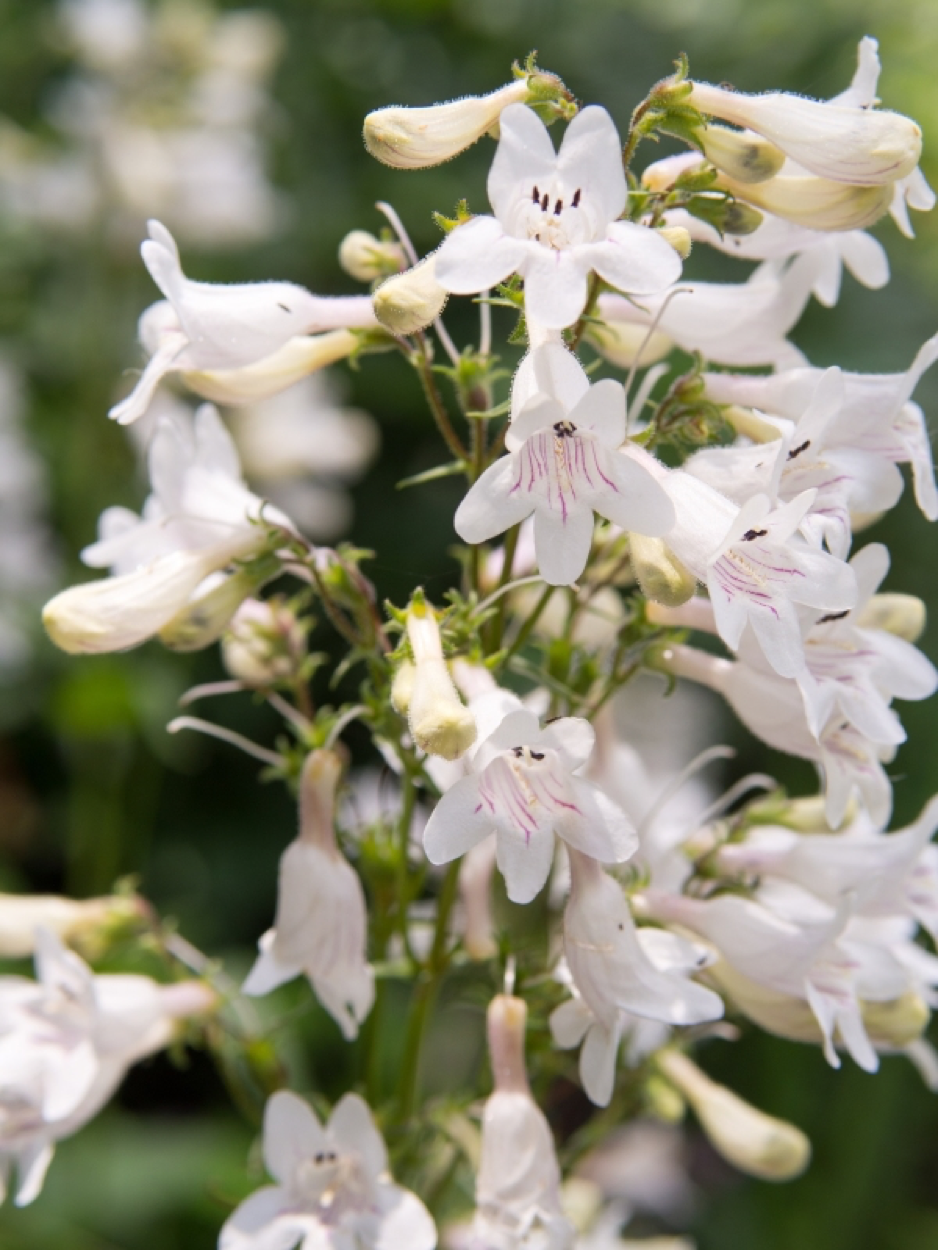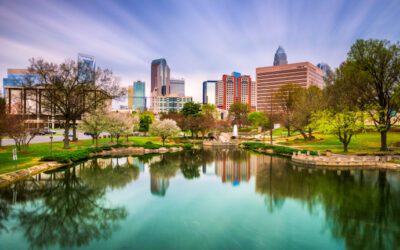As wild as it is to think about, over the next couple decades, what you choose to plant in your landscaping and yard will influence what kind of wildlife lives in Philadelphia, Pennsylvania.
Native plants are those in which thrive naturally in a certain area, and for Philadelphia–in Hardiness Zones 7a/7b. By using native plants in your landscaping now, it will encourage the reproduction of native insects and wildlife that have already been in that region. Not to mention–makes for low maintenance gardening.
Here are five plants you’ll see everywhere when you move to your new place in Philadelphia:
1. Dwarf Cinquefoil
Scientific name: Potentilla canadensis
Sunlight: Full – Partial
Moisture level: Dry
Height: 2.5-3 in.
Width: ¾ in.
Leaves: Compound
The Dwarf Cinquefoil is a perennial with a sprawling habit. It has a single yellow flower which grows from the second stem leaf and a terminal leaflet. The leaves are a compound leaf and made up of two or more leaflets, and each node has one leaf. The blooming period lasts from spring into mid-summer. Only a few flowers bloom at once and last about a month. It does have the appearance of a weed but can be used as ground cover.
2. Asiatic Dayflower
Scientific name: Commelina communis
Sunlight: Full – Partial sunlight
Moisture level: Moist
Height: 1-3 ft.
Width: 1 ft.
Wildlife attraction: Birds, bees, and insects.
The Asiatic Dayflower is an annual herb which can be eaten. It has prostrate stems which branch in many directions. The leaves are smooth and lanceolate to ovate-lanceolate. They have one flower of dark blue near the top with membranous sepals. These flowers are found in wet areas, ditches, orchards, moist, shady forests, and roadsides.
3. White morning-glory
Scientific name: Ipomoea lacunosa
Sunlight: Full
Moisture level: Moist
Height: 3-7 ft long
Width: 2-4 inches
Wildlife attraction: Bees, birds, and beetles
The Morning Glory is a twining vine with leaves about 2-4″ inches long. The colors of the flowers are white, violet and pink and are solitary in the arrangement on the vine. The flowers are in a funnel form on a short stock. The flowers bloom from mid-summer through the fall for about 2-3 months, and the flowers open up mostly in the morning. The flowers don’t have a noticeable scent. When the flowers die back, they are replaced by capsules containing two seeds.The seeds are black or dark brown and the plant will self-seed.
4. Orange Daylily
Scientific name: Hemerocallis fulva
Sunlight: Full sun – Partial shade
Moisture level: Average
Height: 2-2.5 ft.
Width: 2-2.5 ft.
Wildlife attraction: Butterflies
The Orange Daylily has showy five-inch tawny orange flowers which each opens for one day. Deadhead blooms which are spent on the plant look neater. It grows well in a variety of soils, humidity and summer heat. When the clumps become too large, divide them. These natives are virtually pest free, multiply quickly and easy to grow.
5. Beardtongue
Scientific name: Penstemon digitalis
Sunlight: Full sun – Partial shade
Moisture: Average – Dry
Height: 2-5 ft.
Width: 1 ½ to 2 ft.
Leaf type: Semi-evergreen
Wildlife attraction: Birds, butterflies
Beardtongue gets its common name from the stamen, which is sterile, has a small tuft of hairs on it. It grows in prairies, wood margins, railroad tracks, open woods, and fields. It forms in clumps and has two white, tubular flowers with two lips on top in panicles on top of erect, rigid stems. The flowers bloom from mid-spring into early summer. Beardtongue doesn’t have any disease or severe insect problems, but root rot can occur if the soil is wet or poorly drained. It can also suffer from leaf spot occasionally.
When planning your garden, yard or landscape projects, include a few native plants in your planning. With native plants becoming increasingly popular, they are also easier to find at your favorite nursery or online store.
For more information about native plants, gardening, and lawn care in the Philadelphia area, visit LawnStarter’s Philadelphia Page .
